PREVIOUS
Midday Meal Scheme – Part 1
September 15 , 2023
574 days
35606
0
(இதன் தமிழ் வடிவத்திற்கு இங்கே சொடுக்கவும்)
Tamil Nadu’s Midday Meal Scheme
- Tamil Nadu was the first state to introduce the Mid-Day Meal scheme (MDMS) in India.
- MDMS is amongst the largest initiatives in the world to enhance nutrition levels of school-going children through hot cooked meals.
- It is the largest school feeding programme of its kind in the world.
- It is covering students enrolled in government schools from Classes 1 to 8.
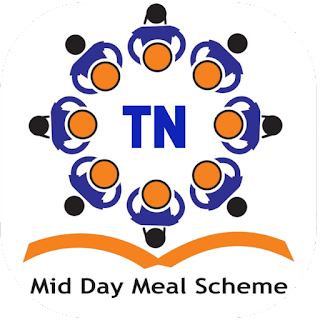
Background
- In the year 1920, the world’s first mid-day meal scheme was started in Chennai.
- The Madras Corporation Council approved a proposal for providing tiffin to the students of a Corporation School at Thousand Lights, Chennai.
- At the time, there were only 165 students in the school.
- It was provided at a cost not exceeding one anna per student per day.
- Theagaraya Chetty, the then President of the Corporation and one of the stalwarts of the Justice Party, said the boys studying at the school were very poor.
- The scheme was later extended to four more schools and facilitated higher enrollment of students.
- The enrolment in all five schools showed dramatic improvement from a combined strength of 811 in 1922-23 to 1,671 in 1924-25.
- It was revived two years later, benefitting around 1,000 poor students in 25 schools.
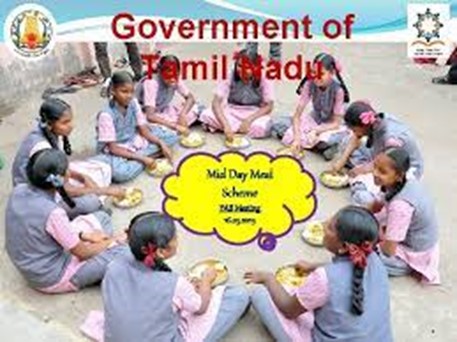
Implementation by Former CM K. Kamaraj
- K. Kamaraj becoming the Chief Minister in 1954 paved the way for certain initiatives in education.
- The concept saw a State wide application in 1956.
- The then CM K. Kamaraj decided to provide free noon meal to poor children in all primary schools across the State.
- It was launched at Ettayapuram (now part of Thoothukudi district), the birthplace of poet-freedom fighter Subramania Bharati.
- The Budget for 1956-57 contained a provision for supplying mid-day meals to schoolchildren for 200 days a year.
- Initially it is covering 65,000 students in 1,300 feeding Centres.
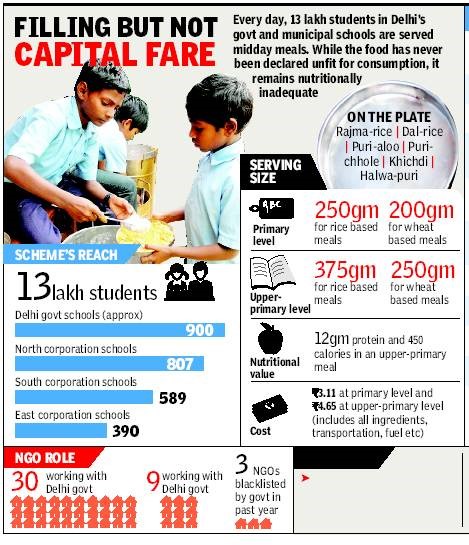
Aims of the program
- It is aimed to uplift the children from the most underserved communities in India.
- It is especially benefited girls, formerly-called “untouchables” and indigenous communities.
- The idea was by giving children from these communities’ access to the education.
- It is improved health through meals, their life expectancy and quality of life could be better.
- The scheme is to promote education through free and compulsory school education.
- The midday meals were some of the most successful methods to improve both literacy and nutrition rates among children.
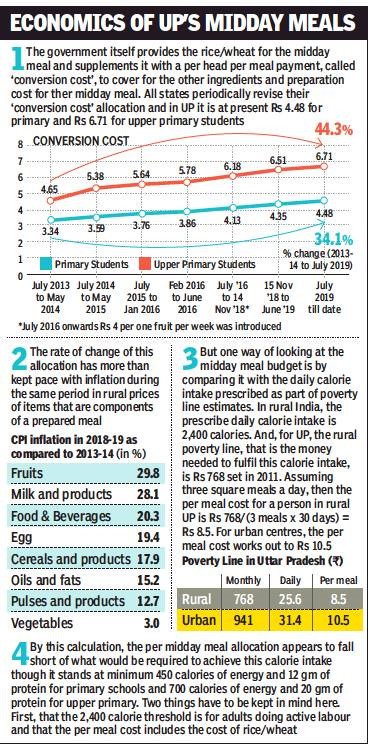
- The country was having one of the highest child malnutrition rates in the world.
- It is estimated that 46% of children in India under the age of 3 suffer from undernutrition.
- Furthermore, children from disadvantaged caste communities were reported higher levels of malnutrition.
Educate a girl and build the nation
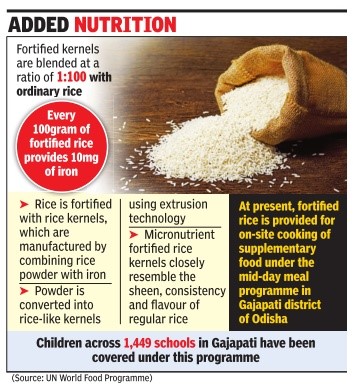
- It provides out-of-school girls with meals, books, uniforms, school fees and other education related expenses.
- In equipping girls with the tools they need to access education, their lives are transformed and their futures are improved.
Free and compulsory education
- In the existing education system at that time, students studied for only 3 hours a day in two sessions: one in the classroom and the second at home where they would learn the occupation of their parents.
- This was called the Heredity Education Policy in which boys would learn the trades of their fathers while girls would learn household chores from their mothers.
- This “education system” was met with opposition since it failed to achieve the objectives of school education.
- In fact, it did more to reverse the progress made to create equality in the classroom.
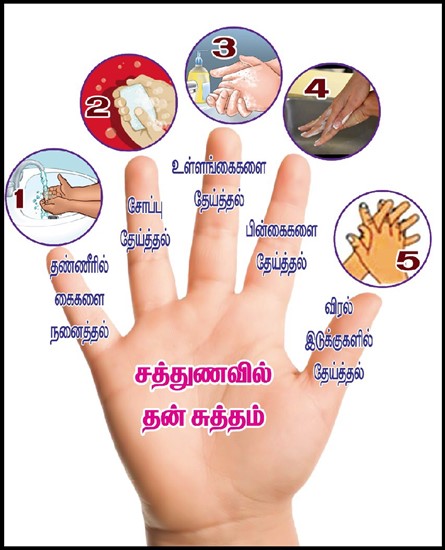
Improving health and education
- Once the midday meal scheme was implemented, parents became so enthusiastic about their sons and daughters getting a free nutritious meal that they started sending them to school.
- In classrooms, the children learned alongside peers from diverse backgrounds to build the foundation of their futures.
- But millions of girls are still prevented from going to school because their families cannot afford school-related expenses such as books or uniforms.
- It is supporting the education of thousands of girls by covering the cost of meals, books, uniforms, school fees and other education related expenses.
-
Why because, Education is a basic right of people.
Puratchi Thalaivar M.G.R. Nutritious Meal Programme
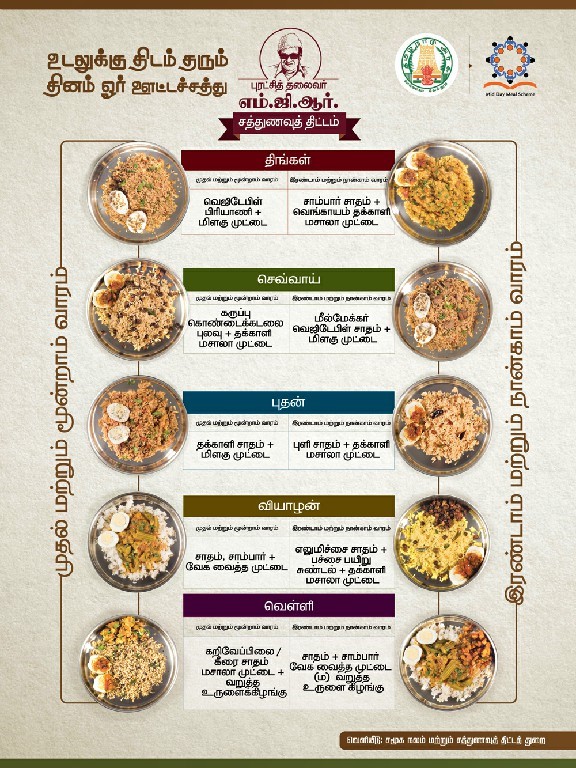
- Education lays the foundation for the development of a society and hunger becomes an impediment to learning.
- Keeping this vision, the Nutritious Meal Programme was introduced by the then Chief Minister Puratchi Thalaivar Dr. M.G.R. on 01.07.1982 in Pappakurichi village at Trichy district.
- Under this programme free hot cooked nutritious meal is being provided to children in Government Schools, Government aided Schools, Special Training Centres, Madarasas, Maktabs supported under Sarva Shiksha Abiyan and also in Special Schools functioning under National Child Labour Programme.
Objectives of the Programme
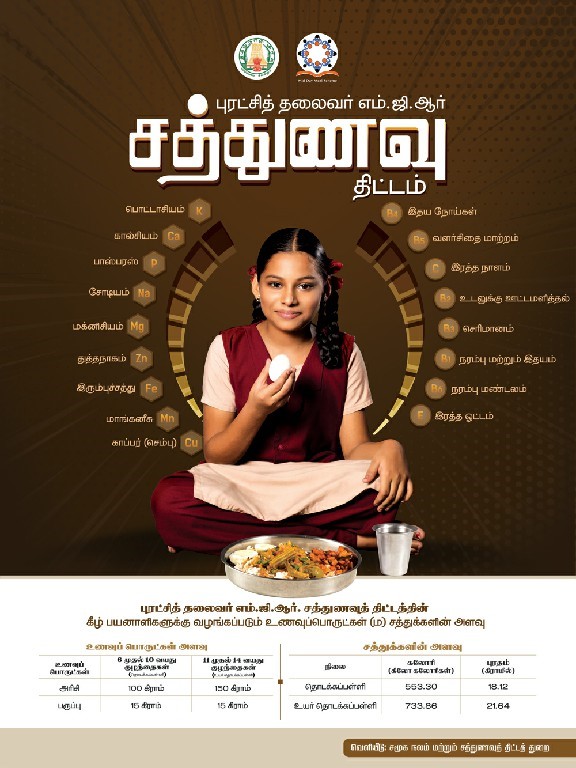
- To combat malnutrition among the children and to increase their literacy rate.
- To maximize enrolment and reduce school dropout rates with a view to universalize elementary education.
- To provide nutrition to the under fed and under nourished children.
- To encourage children from disadvantaged background to attend school regularly and to help them in attaining formal education.
- To empower women by providing employment opportunities
Milestones of Nutritious Meal Programme
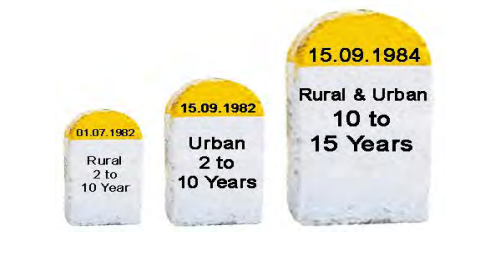
- The Nutritious Meal Programme was introduced on 01.07.1982 for the Children in the age groups of 2 to 5 years in Anganwadi and 5 to 9 years in primary schools.
- The scheme was extended to urban areas with effect from 15.09.1982 and further extended to all the children in the age group of 10-15 years from 15.09.1984.
Salient Features of the Scheme
- Primary School children in the age group of 5-9 years and Upper Primary School children in the age group of 10-15 years are provided with hot cooked nutritious variety meals.
- It will be provided in the school for five days in a week for a total of 210 days in a year.
- The children enrolled under National Child Labour Project Special Schools in 16 Districts viz., Kancheepuram, Vellore, Tiruvannamalai, Namakkal, Dharmapuri, Krishnagiri, Salem, Coimbatore, Erode, Tirupur, Tiruchirappalli, Dindigul, Virudhunagar, Tirunelveli, Thoothukudi.
- Chennai are also provided with hot cooked nutritious variety meals for 312 days in a year.

- Food grains (rice) at 100 gm per child per school day for primary school children (1st Std. to 5th Std.) and at 150 gm for upper primary and high school (6th Std. to 10th Std.) is provided.
- In 1982, it was estimated that 6.3 million poor children would benefit.
- It is currently in operation and being enhanced.
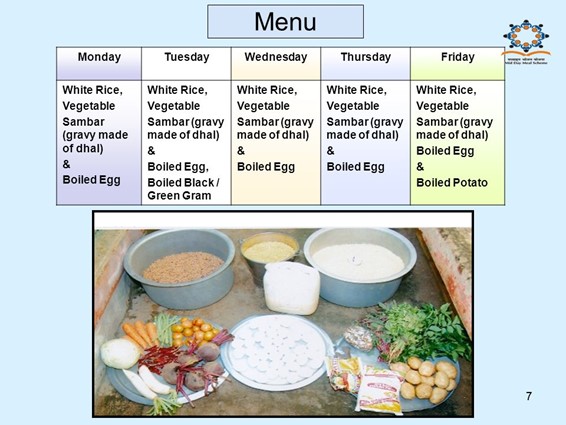
Further initiatives taken by Tamil Nadu Government
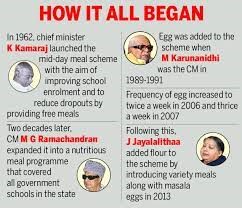
- M. Karunanidhi, as the Chief Minister of the short-lived DMK government (1989-91), introduced the provision of boiled eggs every fortnight, starting from June 1989.
- During Jayalalithaa’s stint as Chief Minister (2011-16), variety meals were included in the menu in 2013, along with masala eggs as per the children’s choice.
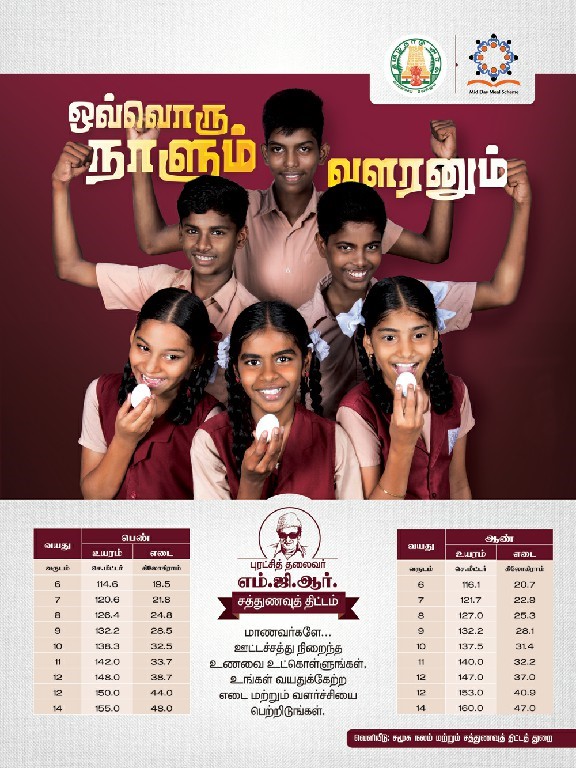
Leave a Reply
Your Comment is awaiting moderation.


